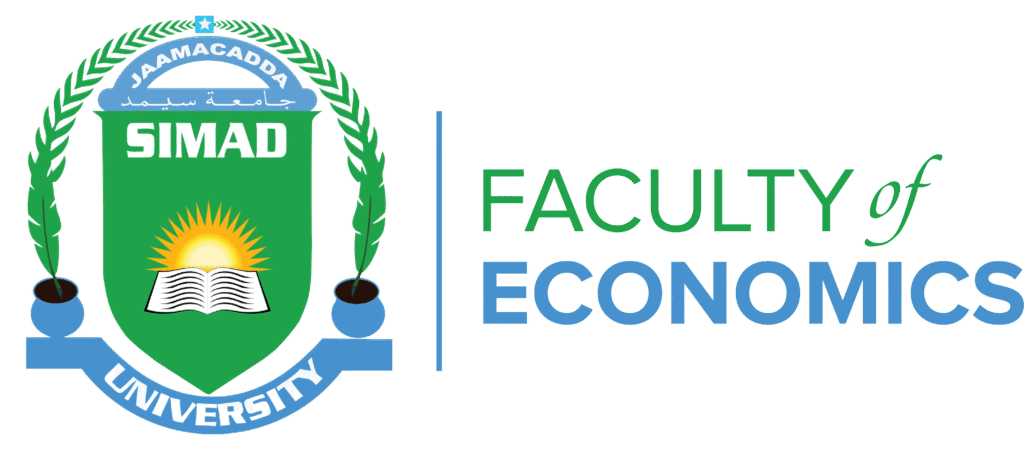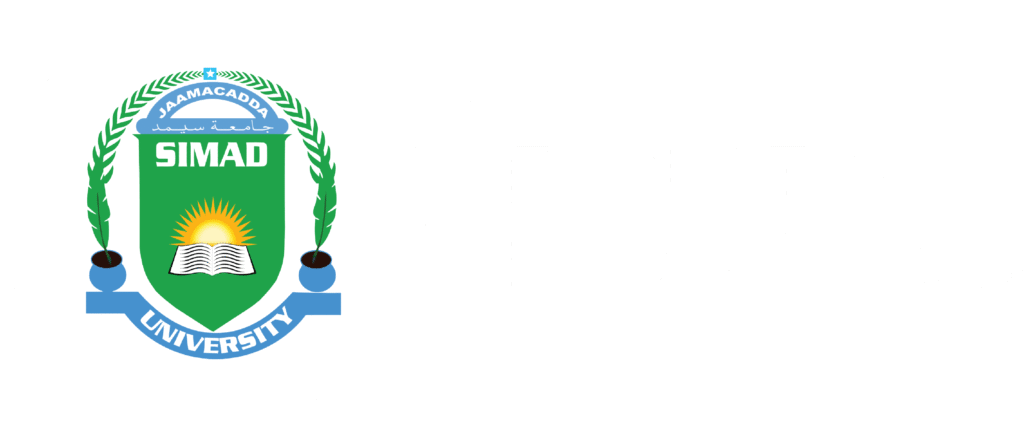Statistics and Planning
The Bachelor of Science in Statistics and Planning at the Faculty of Economics is undergraduate program designed to develop highly skilled professionals in statistical analysis, quantitative research, and data-driven planning. The program combines strong mathematical foundations, statistical theory, computational techniques, and applied problem solving to prepare graduates for dynamic careers in industry, government, research, and development sectors.
Students study core subjects such as descriptive statistics, probability, calculus, and linear algebra, followed by advanced topics including regression analysis, econometrics, multivariate methods, time series, stochastic processes, demography, survey design, monitoring and evaluation, and project planning. These topics are reinforced through hands on training in statistical software such as SPSS, Stata, R, and Excel, as well as coursework in programming and data management ensuring graduates are proficient in modern computational and analytical techniques.
- Completion of secondary school with a minimum overall average of 50%
- Should bring the original and a copy of secondary school certificate
- Should bring Six (6) passport size photos with white background
- Should bring the original copy of a letter of good conduct issued by your secondary school
- Should bring a sponsorship letter from your guardian
- Should successfully pass an admission interview and/or test
- Pay non-refundable Processing and ID card fees of USD $50 (bank draft)
1st Year | |||||||||||||
Semester I | Semester II | ||||||||||||
No | Code | Course Name | Credit | No | Code | Course Name | Credit | ||||||
1 | STA1101 | Descriptive Statistics | 3 | 1 | STA1201 | Inferential Statistics | 3 | ||||||
2 | EDU1101 | Study Skills | 3 | 2 | ECO1201 | Microeconomics | 3 | ||||||
3 | ARB1101 | Arabic Language I | 3 | 3 | SLM1101 | Islamic Studies I | 3 | ||||||
4 | PSC1129 | Conflict Resolution | 3 | 4 | EDU1201 | Somali Studies | 3 | ||||||
5 | IST1101 | Fundamentals of Computers | 3 | 5 | EDU1204 | Critical Thinking | 3 | ||||||
2nd Year | |||||||||||||
Semester III | Semester IV | ||||||||||||
No | Code | Course Name | Credit | No | Code | Course Name | Credit | ||||||
1 | MTH2201 | Linear Algebra I | 3 | 1 | MATH2206 | Probability Theory I | 3 | ||||||
2 | CLC1201 | Calculus I | 3 | 2 | MTH2205 | Linear Algebra II | 3 | ||||||
3 | ECO2102 | Macroeconomics | 3 | 3 | SLM2202 | Islamic Studies II | 3 | ||||||
4 | IST1202 | Computer Applications & Technology | 3 | 4 | STAT2103 | Data Analysis I | 3 | ||||||
5 | ACC1201 | Principles of Accounting I | 3 | 5 | ECO3106 | Development Economics | 3 | ||||||
6 | ARB2102 | Arabic Language II | 3 | 6 | MTH2103 | Calculus II | 3 | ||||||
|
|
|
| 7 | MGT2101 | Principles of Management | 3 | ||||||
3rd Year | |||||||||||||
Semester V | Semester VI | ||||||||||||
No | Code | Course Name | Credit | No | Code | Course Name | Credit | ||||||
1 | STAT3106 | Regression Analysis | 3 | 1 | STAT4216 | Stochastic Process | 3 | ||||||
2 | MATH3107 | Probability Theory II | 3 | 2 | STAT3209 | Sampling Theory & Survey Analysis | 3 | ||||||
3 | STAT3105 | Nonparametric Statistics | 3 | 3 | MTH3109 | Differential Equations I | 3 | ||||||
4 | STAT3207 | Data Analysis II | 3 | 4 | STAT4218 | Biostatistics | 3 | ||||||
5 | DBM2201 | Database Management Systems | 3 | 5 | IST1203 | Concept of Programming | 3 | ||||||
6 | SOC4101 | Principles of Sociology | 3 | 6 | ECO4114 | Econometrics | 3 | ||||||
7 | ENG2204 | Communication Skills | 3 | 7 | ME3101 | Monitoring & Evaluation | 3 | ||||||
4th Year | |||||||||||||
Semester VII | Semester VIII | ||||||||||||
No | Code | Course Name | Credit | No | Code | Course Name | Credit | ||||||
1 | STAT4214 | Statistical Quality Control | 3 | 1 | STAT4112 | Agricultural Statistics | 3 | ||||||
2 | STAT2204 | Price Statistics | 3 | 2 | STAT4220 | Categorical Data Analysis | 3 | ||||||
3 | STAT3208 | Analysis of Variance and Experimental Design | 3 | 3 | STAT3212 | Multivariate Analysis | 3 | ||||||
4 | STAT4217 | Demography | 3 | 4 | STAT4207 | Automated Data Collection | 3 | ||||||
5 | RHM4108 | Research Methodology | 3 | 5 | STAT4221 | Introduction To Data Science | 3 | ||||||
6 | STAT4219 | Operations Research | 3 | 6 | PUB41102 | Sustainable Development & Environmental Planning | 3 | ||||||
7 | STAT3210 | Time Series and Index Numbers | 3 | 7 | MGT4104 | Project Planning & Management | 3 | ||||||
|
|
|
| 8 | GRP4213 | Graduation Project | 3 | ||||||
5 years
Fees($): 315.00
Charges($): 30.00
Total($): 345.00
STUDENTS FEES PAYMENT POLICY
This policy applies to all students, these include: part-time and full-time for both undergraduate and postgraduate and any other person enrolled as a student at the University:
- Option one: At the beginning of the semester, all semester fees can be paid in full.
- Option two: At the beginning of the semester, students should pay 30% of semester fees before he/she registers for the class. In the second installment, 40% of the semester fees should be paid before the midterm exam. The remaining 30% of the semester fees should be paid before the final exam.
- After payments of second and third installments, students are eligible to get their clearance cards for midterm and final exams.
- Fees Collector officer will be responsible to check fees default when he/she gets a report from the head of the cash unit.
- SU will not refund any fees paid unless the student has no remaining semester.
- Students and sponsors who unintentionally or intentionally deposit fees will not be refunded but will be forwarded to the next semesters.
- Upon graduation period, all extra fees balance should be refunded to the students.
- Any student who temporarily or permanently breaks his/her study can request an extra fee refund.
- Head of Cash Unit should check the activities of the sponsors.
Bank Accounts
Premier Bank: 20300001001
Dahabshiil: 1822
Salam Bank: 30027598
Idman Community Bank: 7401005
IBS Bank: 1820
The SU academic year consists of 42 weeks split into two semesters of 18 weeks each, the first beginning in September.
Graduates of the Bachelor of Statistics and Planning program are prepared for a wide range of careers in both the public and private sectors. Potential career paths include:
- Statistician
- Planning Officer
- Policy Analyst
- Data Analyst
- M&E Officer
- Survey Specialist
- Demographer
- Biostatistician
- Risk Analyst
- Research Assistant
- Lecturer
- Data Scientist.

